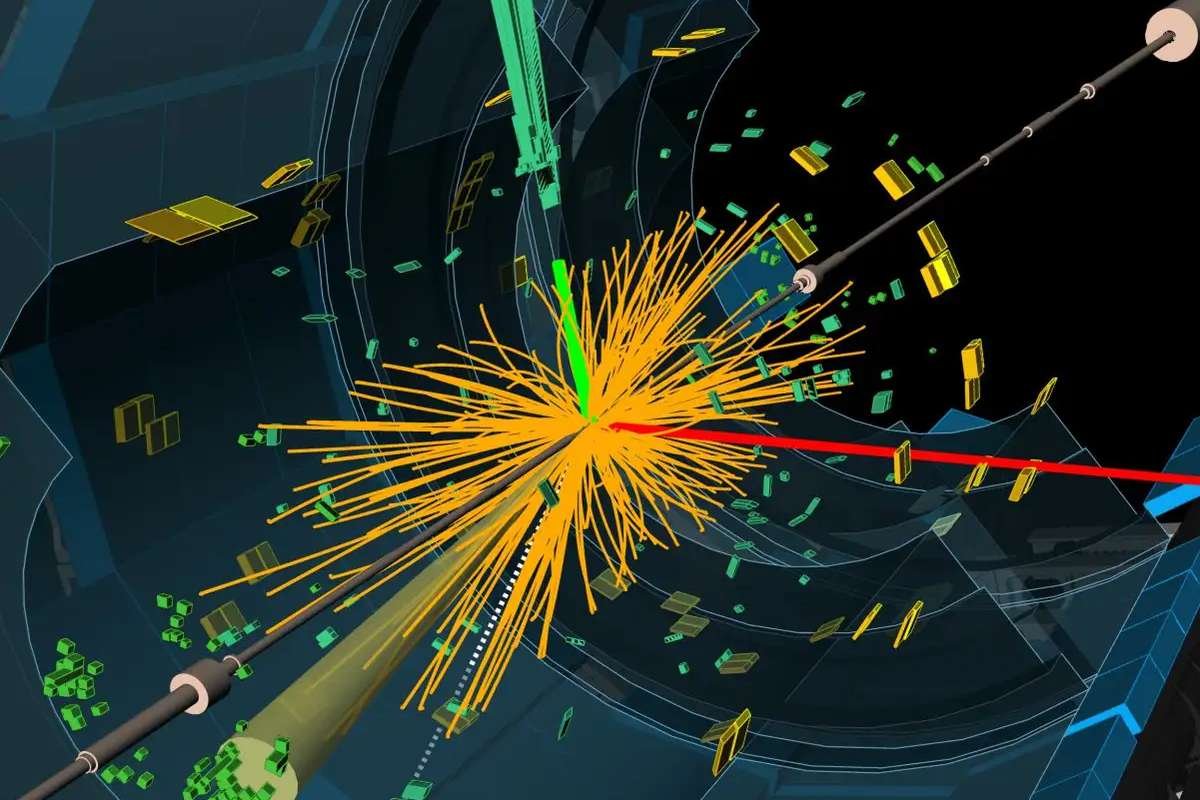For the last 20 years, the muon mystery, a subtle discrepancy in the magnetic properties of the muon, a heavier cousin of the electron, has teased physicists with the possibility of new physics. First measured in 2006 at Brookhaven National Laboratory in the U.S., the muon’s magnetism (its “g-factor”) differed slightly from theoretical predictions, hinting at unknown forces or particles, potentially even clues about dark matter. This anomaly presented a tantalizing opportunity: a possible break from the well-established Standard Model of particle physics.
To resolve the Muon Mystery, an ambitious global scientific effort was launched. The original massive electromagnet used in Brookhaven’s experiment was shipped by barge and truck to Fermilab in Chicago, where it was used in a thoroughly upgraded experiment. After years of meticulous work, researchers recently announced the final result, now with a precision 4.4 times greater than the original. Meanwhile, theoretical physicists were racing to match that precision. Over 100 scientists from the Muon g-2 Theory Initiative undertook the challenge, calculating over 10,000 different contributions to muon magnetism, including the elusive Higgs boson. Yet, one major hurdle remained: accurately accounting for the strong nuclear force’s influence on the muon’s behavior.
A Technological Leap with Supercomputers and Antimatter
To tackle this computational roadblock in the Muon Mystery, physicists employed two different approaches. The first relied on data from collisions between electrons and their antimatter counterparts, positrons. These interactions helped estimate the strong nuclear force’s contribution. This method had stood unchallenged for 20 years, and when paired with new calculations, it appeared to reinforce the discrepancy with the experimental results, seemingly strengthening the case for new physics.
However, another method using supercomputer simulations told a different story. A collaboration known as the Budapest-Marseille-Wuppertal group simulated the effects of the strong nuclear force using cutting-edge computational methods. Their findings contradicted the electron-positron data but aligned with Fermilab’s experimental results. This unexpected twist in the Muon Mystery prompted rigorous verification by other teams, which led to multiple independent simulations supporting the same outcome. To eliminate bias, the simulations were performed “blind”; researchers didn’t know the correct outcome during analysis. When the hidden factors were finally revealed in a high-stakes meeting, the simulations matched the experimental data almost perfectly, defusing the earlier excitement over potential new physics.
Dark Matter Still in Sight
The latest simulations have now been adopted by the Muon g-2 Theory Initiative as the new official benchmark, and the once-celebrated discrepancy, the hint of new physics, has essentially disappeared. Yet, a mystery lingers. The long-standing electron-positron collision data still disagrees with these new simulation-based predictions. Why?
This inconsistency has drawn attention to a speculative yet intriguing candidate: the “dark photon.” If real, the dark photon could account for the anomaly and also shed light on the nature of dark matter, a substance that pervades the universe but remains invisible and poorly understood. While the muon mystery appears resolved for now, this curious divergence may yet open doors to uncharted areas of physics. Scientists around the world continue to scrutinize the data, chasing the next great breakthrough in humanity’s understanding of the cosmos.
Visit more of our news! The Lifesciences Magazine.







